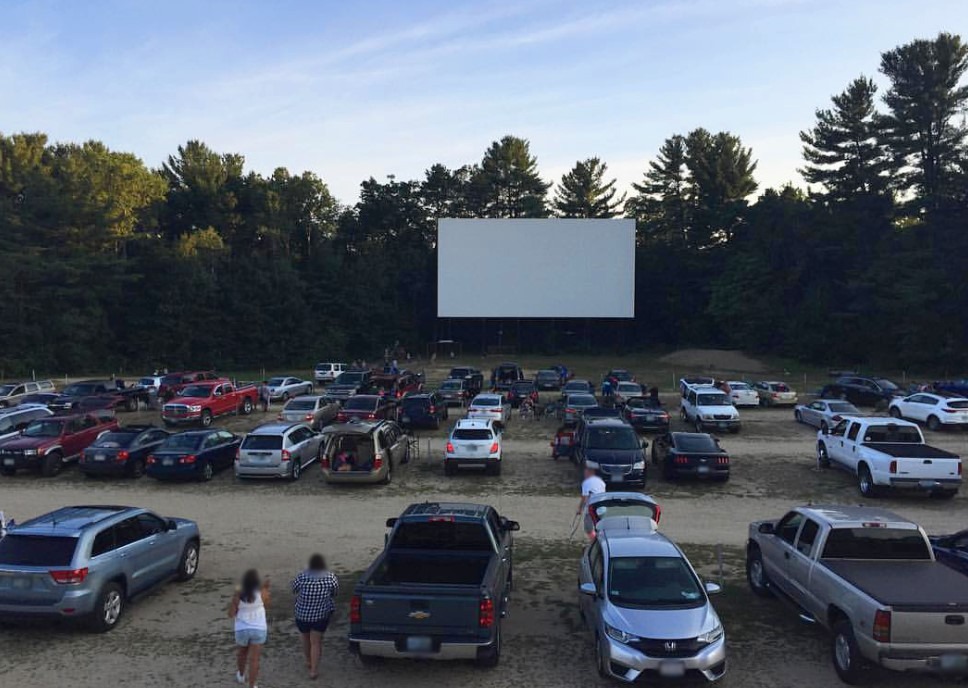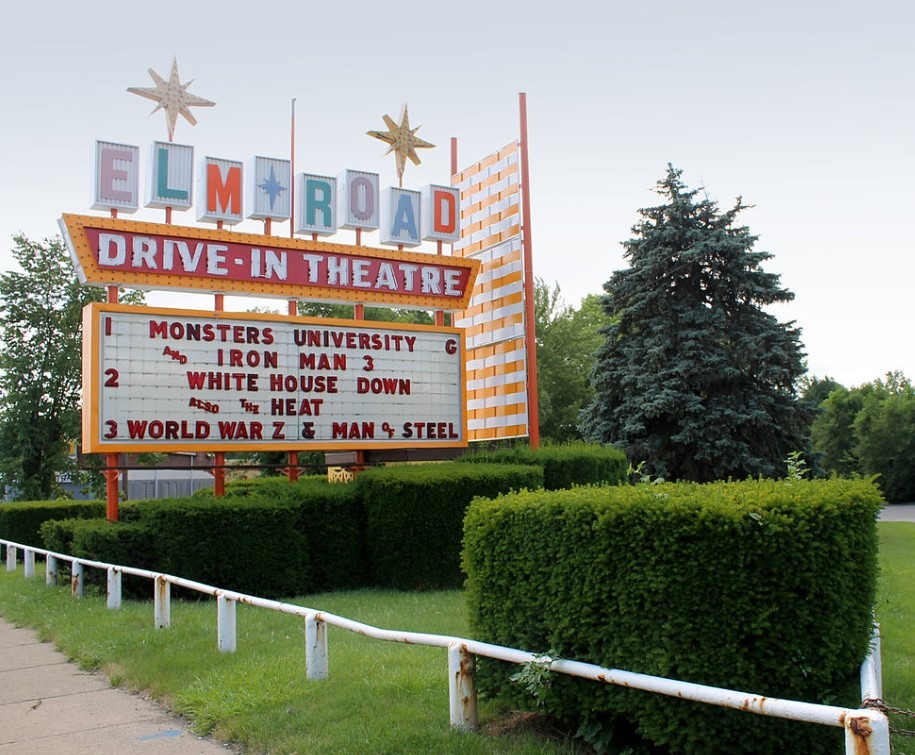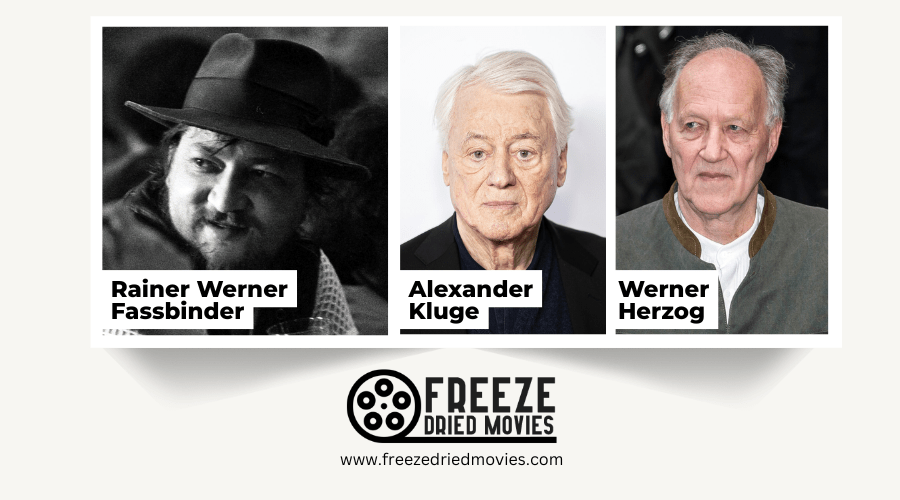Drive-In Theaters in the 1960s: A Teenage Dream

You'll find drive-in theaters of the 1960s were the ultimate teenage hangout, blending movies, freedom, and romance under the stars. These outdoor venues let you catch the latest films from your car's privacy while grabbing snacks at the concession stand or meeting friends. With over 5,000 locations at their peak, drive-ins defined American youth culture by offering the perfect mix of acceptable entertainment and subtle rebellion. The complete story of this cultural phenomenon reveals even more magical moments.
The Golden Age of American Drive-In Culture
When you think of classic Americana, few images capture the spirit of post-war prosperity quite like the drive-in theater. During their peak in the mid-1950s, you'd find over 5,000 drive-in theaters spread across the nation, reshaping evening entertainment for families and teenagers alike.
The concept of drive-in movies first emerged in the 1930s along the East Coast, but it wasn't until after World War II that they truly flourished. From the late 1940s through the mid-1960s, these outdoor venues became cultural landmarks, offering affordable entertainment under the stars. You could enjoy the latest films from the comfort of your car, making these venues perfect for family outings or teenage dates.
Drive-in theaters represented more than just movie-watching - they symbolized the freedom, innovation, and leisure that defined post-war American life. Richard Hollingshead revolutionized the movie-going experience when he opened the first patented drive-in theater in New Jersey in 1933.
The Perfect Date Night Under the Stars
For teenagers in the 1960s, drive-in theaters offered the perfect blend of entertainment and privacy that made date nights magical. Going to the drive-in meant you could snuggle close to your date while watching the latest movie, sharing popcorn and stolen glances under the stars. The experience was intimate yet socially acceptable, though some parents still hesitated to let their daughters attend.
The drive-in's relaxed atmosphere let you focus less on the movie and more on your date. With concession stands nearby and playground activities before showtime, these venues created the perfect setting for young love to bloom - all while maintaining a family-friendly reputation.
You'd pull up on the gravel, hang the speaker on your car window, and settle in for an evening of entertainment. Unlike the grand Art Deco design of classic movie palaces from the 1930s, drive-ins emphasized casual comfort over architectural splendor.

From Family Entertainment to Teenage Freedom
Although drive-in theaters began as family-friendly venues, they quickly evolved into teenage hotspots during the 1960s. The baby boomer generation discovered a newfound freedom in these outdoor cinemas, where you could enjoy movies away from parental supervision. The back seat became notorious for "necking," while creative teens perfected the art of sneaking friends in through trunk-stuffing schemes.
The drive-ins struck the perfect balance between acceptable entertainment and teenage rebellion. Parents felt more comfortable letting their kids attend drive-in movies compared to other venues, while teens enjoyed the independence these spaces offered. As the decade progressed, drive-ins adapted to their changing audience, gradually shifting from wholesome family features to more mature content that appealed to their teenage patrons. This shift in entertainment preferences mirrored the larger trend of the era, as weekly cinema attendance had already declined significantly from its peak of 80 million Americans in the 1930s and 1940s.
Beyond Movies: The Complete Drive-In Experience
Three distinct elements made drive-ins more than just outdoor movie venues in the 1960s. First, these theaters created a complete entertainment package with playgrounds and activities that kept your kids busy before showtime.
Second, the tantalizing array of concessions transformed your evening into a festive outing, complete with buttery popcorn, hot dogs, and invigorating drinks.
Finally, the innovative design of angled parking spots and personal speakers gave you control over your movie experience.
You'd find more than just entertainment at drive-ins - they were social hubs where you could create memories. Whether you were a teenager seeking independence with friends or a parent enjoying a casual family night out, drive-ins offered a unique blend of movies, food, and freedom that defined American culture.

The Rise and Fall of an American Icon
The American drive-in theater's story mirrors the rise and fall of many cultural phenomena. You would've witnessed their meteoric rise in the 1930s, followed by their golden age in the 1950s and 1960s when over 5,000 drive-in movie theaters dotted the American setting. They captured the hearts of the post-war generation, offering a perfect blend of entertainment and privacy.
But by the next decade, everything changed. As color TVs became household staples and multiplexes emerged in suburban areas, drive-ins faced unparalleled challenges. The 1970s saw more than 1,000 locations close their doors, with another 2,000 following in the 1980s.
While technological improvements have helped some survive, and COVID-19 sparked renewed interest, today's 300+ remaining drive-ins are a fraction of their former glory.
Keeping the Drive-In Spirit Alive Today
Modern drive-in theaters have reinvented themselves to survive in today's technological era. From World War II's heyday to the present, these venues have evolved far beyond their original purpose. While you'll still find over 300 drive-ins across America, with significant numbers in New York and other states, they're offering much more than just movies under the stars.
You can now enjoy crystal-clear sound through your car's FM radio or Bluetooth system, a far cry from the clunky speakers of yesteryear. Today's drive-ins have become community hubs, hosting flea markets, concerts, and various events. The COVID-19 pandemic has given these nostalgic venues an unexpected lift, as they provide a safe, socially distanced entertainment option. It's proof that with adaptation and innovation, the magic of drive-in theaters continues to fascinate new generations.
Laxbot7, Milford Drive-In Theater, CC BY-SA 4.0
Jack Pearce from Boardman, OH, USA, Elm Road Drive-In Theatre, CC BY-SA 2.0




